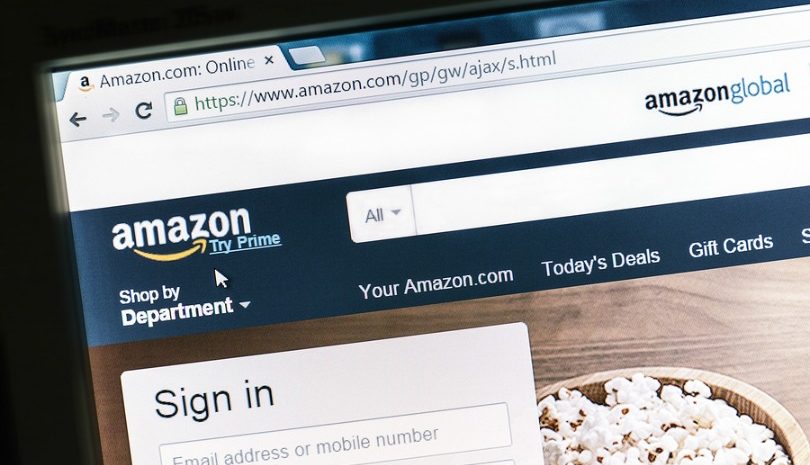Amazon beats analyst expectations in the quarter

Amazon has reported a surge in sales in the quarter ended 30 September, thanks to shoppers jumping at “Prime Day” promotions and buying groceries at its newly acquired chain of Whole Foods Market stores.
Sales jumped 34 per cent to US$43.7 billion in the third quarter, including US$1.3 billion in sales from the upscale grocer, which Amazon bought in August for US$13.7 billion.
This was above the US$42.1 billion that analysts were expecting, according to Thomson Reuters I/B/E/S.
The retailer booked US$256 million in profits in the quarter, or 52 US cents per share, which was well above analysts’ expectations of 3 US cents per share.
Shares of Amazon rose more than 7 per cent in after-hours trade.
The world’s largest online retailer is winning business from older, big box rivals by delivering virtually any product to customers at a low cost, and at times faster than it takes to buy goods from a physical shop.
Prime Day, a marketing event Amazon has created to replicate the shopping frenzy that is more typical of the winter holiday season, helped boost sales.
Still, the company is running on razor-thin profit margins compared with its peers. Amazon is building warehouses around the world to be faster than competitors to deliver goods to customers.
It also has stepped up its spending on video, from original television shows to live sports, to draw more people to its website to both watch and shop.
Neil Saunders, managing director of GlobalData Retail, said it is clear that Amazon’s online stores are no longer the star of the show.
“Both the subscription services arm and Amazon’s web services division (AWS) are outpacing product sales in growth terms,” Saunders said.
“The former, which includes Prime fees, grew by 59 per cent and the latter by 42 per cent. In particular, we believe that the growth of Prime will continue to boost subscription revenue in the quarters ahead, all the more so because of the slew of new devices that Amazon is releasing.
“We remain extremely positive about this growth of Prime, which we see as a critical tool to extend Amazon’s customer reach, gather customer data, and to lock in loyalty in an increasingly fickle marketplace.
“It is clear that Amazon is investing heavily in the content that underpins Prime’s success and this, combined with the new devices and services such as free outbound calling, should help to increase renewal rates and boost subscriber numbers.”
Saunders added, however, that marketing costs, which were partly a function of the Whole Foods acquisition as well as the substantial promotion of new devices, increased fulfilmient and shipping costs and international expansion took a toll on the bottom line.
The company’s international business booked a $936 million operating loss during the quarter, a sharp increase on the $541 million loss the division posted last year.
“Amazon is still very much in the building stage in many of its overseas operations, and we think profitability is likely to get worse before it gets better,” Saunders said, before adding that, overall, Amazon is in very good shape.
“In some ways, the deterioration in profit doesn’t matter, if only because the business has an enormous amount to show for its expenditure. These investments – in services, devices, new ventures, pricing, international markets, and business services – will all power growth in the years ahead.”
Comment Manually
You must be logged in to post a comment.

No comments